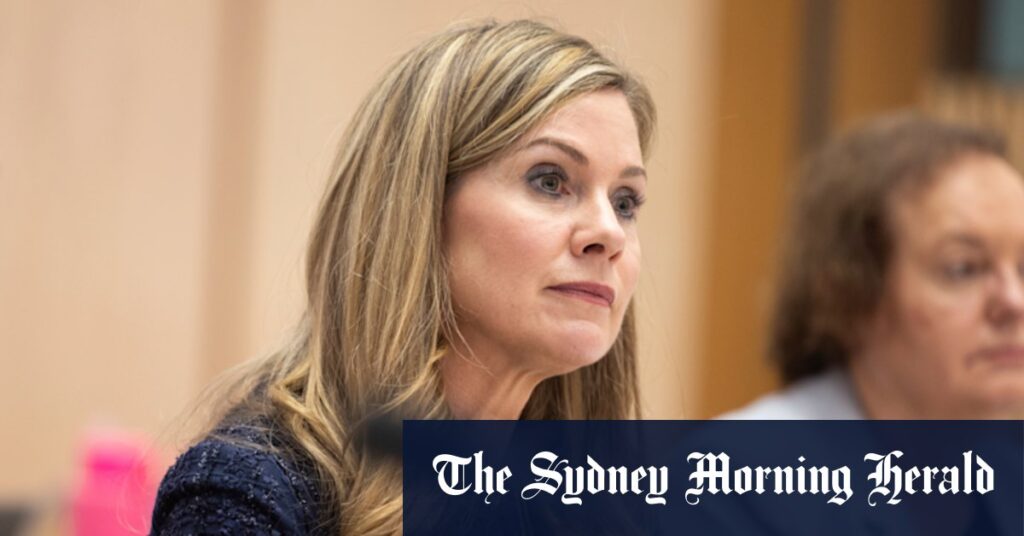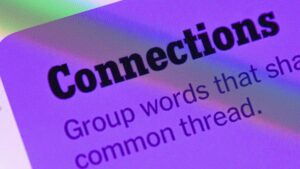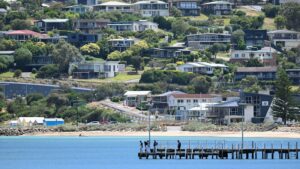
Australia’s eSafety Commissioner, Julie Inman Grant, has staunchly defended the country’s groundbreaking decision to ban social media access for individuals under 16, despite facing significant criticism from privacy experts. The ban, set to take effect on December 10, targets major platforms such as YouTube, Facebook, Instagram, TikTok, X, and Snapchat. This move comes amid concerns over inadequate privacy protections and flawed age verification systems.
Inman Grant addressed a Senate estimates hearing, asserting that the technology required to enforce the ban is available. She referenced preliminary findings from a government-commissioned trial that tested over 50 age verification technologies, claiming there are “no significant technological barriers” to implementation. The government argues that the ban is essential to shield children from cyberbullying, harmful body image content, and misogynistic material linked to mental health issues.
Expert Concerns and Privacy Risks
While the government remains optimistic about the ban’s feasibility, privacy experts and academics have expressed grave concerns. They argue that the ban could lead to unprecedented surveillance risks for millions of Australians. John Pane, chair of Electronic Frontiers Australia and a former advisory board member for the trial, resigned in August, citing deep concerns about privacy protections. He warned that biometric data could be harvested under the guise of age verification.
“There are so many concerns with the report and so many concerns with the policy, and the way that they’ve sold this really is misleading,” Pane stated.
Australians will not be required to provide government ID for age verification, but tech companies must find alternative methods. Inman Grant clarified that digital ID could be one form of age assurance but cannot be the sole method. She emphasized that platforms must offer alternative options for those uncomfortable with providing government identification.
Technological Challenges and Implementation
According to reports by the ABC, face-scanning technology tested on school students could only estimate age within an 18-month range in 85% of cases. The trial also revealed that 16-year-olds were falsely rejected 8.5% of the time. These findings highlight the challenges of enforcing the 16-year age threshold.
Studies by the United States’ National Institute of Standards and Technology show algorithms “fail significantly when attempting to differentiate minors” of various ages.
RMIT professor Lisa Given, who analyzed the government’s policy, stated, “I don’t think the ban is viable.” The margin of error in age estimation software poses significant challenges, with some software mistaking ages by an average of 3.1 years.
Platform Inclusion and Industry Response
There remains uncertainty about which platforms will be affected by the ban. While Instagram, TikTok, Facebook, and Snapchat are explicitly named, popular gaming platforms like Roblox, Fortnite, and Minecraft are excluded. Communications Minister Anika Wells argues that online games pose fewer harms than social media, though academics warn that children often spend more time on these platforms.
Google and YouTube have reportedly informed the eSafety Commissioner that they do not consider themselves subject to the ban, despite Inman Grant’s assessment that YouTube should be included. The office plans to continue engaging with platforms, allowing companies to dispute their designation and provide additional information to alter assessments.
Minutes from a March advisory board meeting revealed that Apple has been unresponsive to outreach attempts, while Meta CEO Mark Zuckerberg indicated in January that his company would “push back more aggressively against international regulations that threaten its business model.”
Public Opinion and Government Strategy
Wells has characterized the ban as supporting parents rather than platforms, with surveys indicating nine out of ten Australians back the idea. However, nearly 80% of respondents express privacy and security concerns regarding its implementation.
Inman Grant defended the government’s approach, stating, “I think it’s bold and it’s novel, and there is no playbook to write it.” She noted that countries like New Zealand and Papua New Guinea have passed similar laws, with 15 European countries looking to Australia as a model.
To assist parents and teenagers in preparing for the ban, Inman Grant announced that her office would release resources, including seminars, webinars, how-to guides, and conversation starters, in the coming week.
As the December deadline approaches, the debate over the social media ban continues to intensify, with stakeholders on all sides closely watching the developments.







